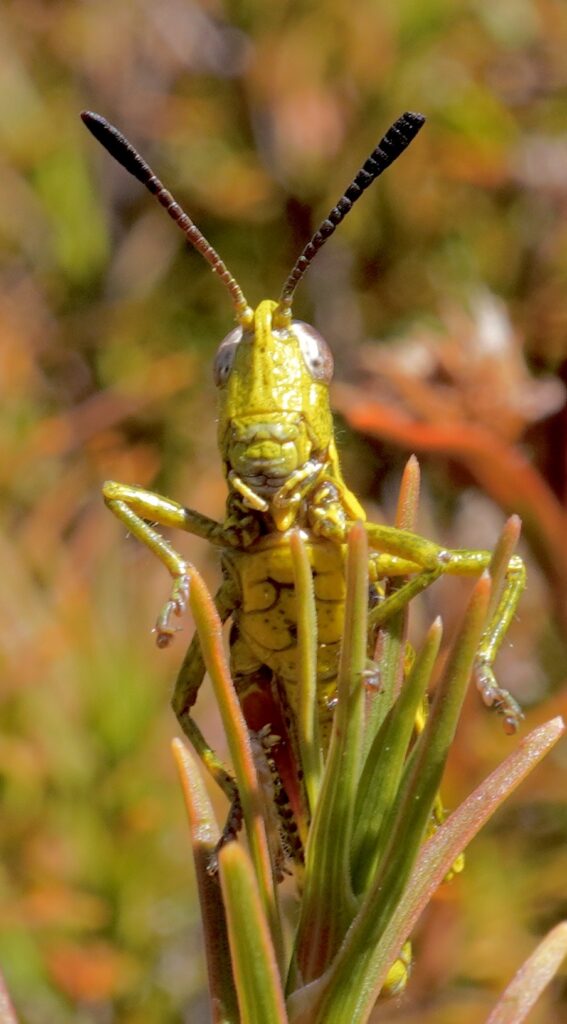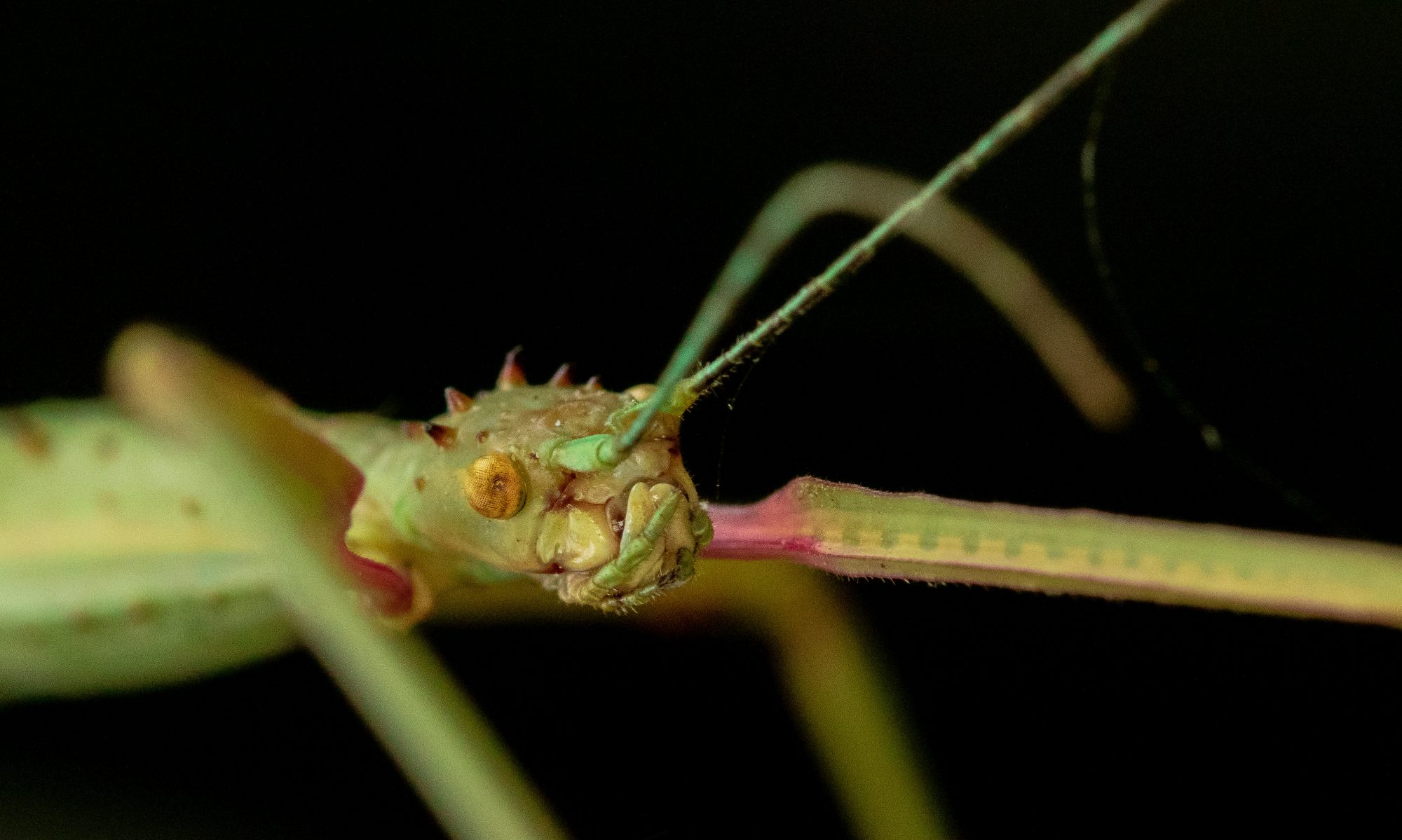New phylogenetic analysis supports inclusion of all of the ‘alpine’ māwhitiwhiti Aotearoa in a single genus (Trewick et al. 2023).
Despite evidence of a deep ancestry of this endemic New Zealand species radiation (Koot et al. 2020) predating formation of most mountains, there is no consistent support for subdivision of the ~13 morphologically distinct species into four genera. One is sufficient and as a result the name Sigaus (Hutton 1897) now applies to all of the species.

The process of taxonomic synonymy requires care and attention to the rules set out by the International Commission on Zoological Nomenclature. The ICZN “acts as adviser and arbiter for the zoological community by generating and disseminating information on the correct use of the scientific names of animals”, and this is essential given the scale of the taxonomic challenge.
Taxonomic revision involving synonymy invariably results in binomials consisting of new combinations of genus and species epithets. This process can present a number of challenges when we reconcile names originally construed in a way that is incompatible with the current taxonomic rules. Quite often authors have not provided all the information that is required to make easy judgements and so some discussion commonly develops.

In the case of Sigaus which we infer to have been derived by Captain Frederick Hutton from the Greek σιγάω (sigáo) meaning to be silent or to keep silent. Latinisation of this word results in Sigaus and in the original combination for the type species Sigaus piliferus it is apparent that Hutton (1897) had decided on treating Sigaus as a masculine. That is useful information when formulating new combinations as is the case with these grasshoppers that including several species assigned to other genera.
If, the species epithet is adjectival then its ending may need to be altered to satisfy the Code’s requirement for gender of the binomials to match, subject to some variations. However, this does not apply if the species epithet was originally intended as a noun.
The genus Alpinacris was established by Biglow 1967 with two species: A. crassicauda and A. tumidicauda. These names, and in particular crassicauda, are used fairly frequently in zoological taxonomy, and most will immediately spot the meaning relates to thick and tail. During the establishment of new combinations the intent of the original author, Robert Bigelow 1967 in this case, can be very helpful. Was Robert coining the name crassicauda as an adjective (thick-tailed) or was he treating it as a noun in apposition (thicktail)? We don’t know because he did not record this in his description, however, the Code comes to our aid. If, the species epithet is an adjective it will need to match in gender with the genus Sigaus (masculine) and so the ending would need to be tweaked giving the combination Sigaus crassicaudus,

but if the epithet is a noun in juxtaposition the ending does not change.

The Code advises us that when the original author was not explicit then we should assume the epithet is a noun in apposition and leave it be. Hence: Sigaus crassicauda in Trewick et al. 2023.

